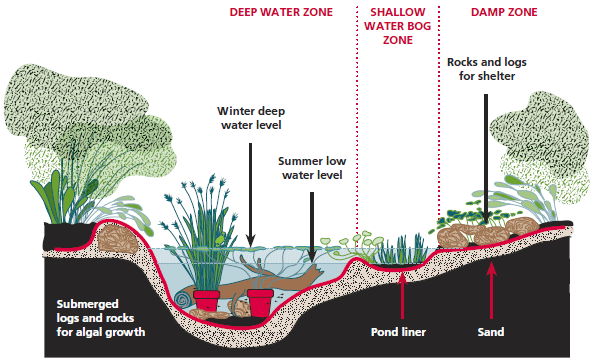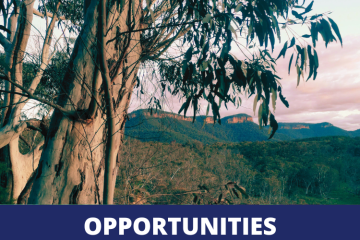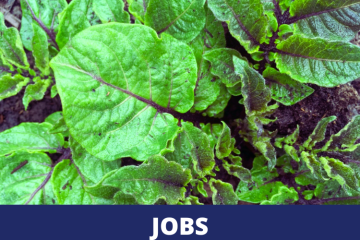January 7

Tackling procrastination to become a citizen scientist
It’s so easy to talk about all the things that need to be done to restore planetary health. Surprisingly, it’s also very easy, and infinitely more satisfying, to actually do something about it.
The point of A Year in a Day is to share how easy it is to take small steps, but how massive our impact can be if we all take them together … if 365 of us each do one small thing, together we can achieve the action of a whole year in one single day.
For quite some time I’ve been talking and writing about Citizen Science Projects. A Year In a Day is also a Citizen Science Project. Together, we’re contributing to see what effects our individual actions can have. We’d love everyone who hears about this project to contribute at least one action if possible. Make sure you share what you’ve done using the hashtag #ayearinaday – better yet, include your action on this blog or on our Blue Mountains Planetary Health Initiative Facebook page. We’ll regularly report back and would love to hear if our posts have had any influence upon your decision to take an action, or whether the actions you initiate lead to further ongoing outcomes.
While I’ve spoken often about Citizen Science Projects like the Australian Museum’s Frog ID Project, I hadn’t actually signed up myself. Today, however, I finally did!
Because it’s now been raining for days, this morning I was woken very very early by a deafening, but delightful, frog chorus. I made up my mind, on the spot, that today’s action had to be about overcoming the procrastination I’d been experiencing, that had held me back from getting involved in Australia’s first national frog count.
First I recorded the frog chorus, went online and created a profile, then downloaded the app.
I’ve done it – I’ve signed up to the FrogID citizen science research project!

As it turns out, I probably should have downloaded the app first and used it to record the chorus. In a disappointing twist of fate, at the moment I finally overcame my procrastination, I probably joined many others doing the same over the holiday period. There’s a huge backlog at exactly the point that staff are on holidays and the database appears to be updating.
Nevertheless, the important thing is that I’m registered and should be ready to go next time I discover some frogs. The procrastination barrier has been removed and it now seems like an easy thing to do! I’m already planning frog discovery trips and am keen to get to know all the frogs that call the old Katoomba Golf Course home.
The supportive online citizen science community
Fortunately, my Facebook call-out helped me identify that these are striped marsh frogs (Limnodynastes peronii) and pobblebonks, or, more formally, Limnodynastes dumerilii. They’re also called eastern or southern banjo frogs, and bull frogs. The adorable name ‘pobblebonk’ refers to their distinctive “bonk” call, which is likened to a banjo string being plucked.
UPDATE: On further feedback from Facebook ‘advisers’ : “Doesn’t sound like there’s any pobblebonks, just a cacophony of Striped Marsh Frogs”.
I’ve built a number of ponds in my backyard and I can’t begin to express how thrilled I am that these frogs now reside so close to us. You can listen to them here:

Build it and they will come
In early 2021, Blue Mountains City Council funded a permaculture course for young people at headspace, Katoomba. We built a pond to attract frogs and other wildlife and the young participants were so thrilled at what they could achieve in just a couple of hours. Working together meant no-one had to confront procrastination because we all motivated each other to keep going.
With the wet weather we’re currently experiencing, frogs will find any pond you might build ….. you too can be woken by a frog chorus at the crack of dawn!

We’ve used this simple frog pond template from Sustainable Gardening Australia that works every time:

Another no-dig method is to build a pond using sleepers and pond liner, which can be adapted to a sloping block. The top sleeper anchors the pond liner:

Ponds moderate climate – making your environment cooler in summer and warmer in winter – and create habitat for many species.
Doing something small, like building a pond, or recording frog choruses, is part of our whole community effort to take action, and to gather the data we need to know how to move forward to restore planetary health.
Citizen science is sometimes described as “public participation in scientific research” or participatory action research. We’d love you to tackle your procrastination and join us … we can guarantee it’s more fun than doom scrolling!



5 Comments
Carlab · 09/01/2022 at 7:37 am
#yearinaday harvested potatoes. There are always too many and far too many usually end up in the compost…but not this year! I spent a day making and freezing roast, jacket, chips and hash browns. They are all just-cooked which means you can cook them from frozen! Ready meals 😁
Lis Bastian · 09/01/2022 at 7:39 am
Wow Carla, that is so impressive and inspiring! Great work.
Lis Bastian · 08/01/2022 at 6:46 am
Pleased to report that I’ve been woken early again by the frog chorus!
Debra Mainwaring · 08/01/2022 at 5:37 pm
You have inspired me to create at least one pond in my backyard- I am excited by the prospect of hearing frogs 🐸
Lis Bastian · 09/01/2022 at 7:40 am
That’s such great news Debra! I’m similarly being inspired by your daily posts and will be incorporating quite a few of your actions into our lives going forward. What a great result after just one week!!!!!! Onward.